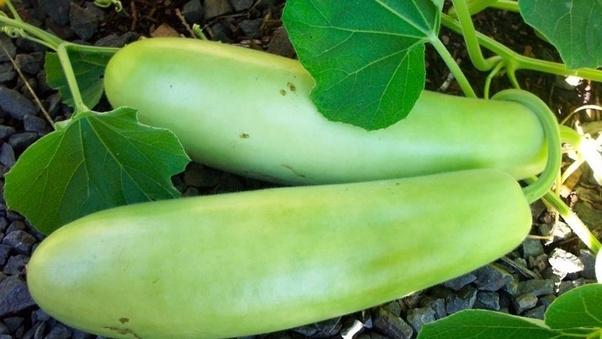Pusa Summer Prolific Round: Gives average yield of 100-120qtl/acre. Suitable for kharif as well as rabi season cultivation.
Samrat: Suitable for kharif as well as rabi cultivation. Fruits are 1 to 1.5meter long. Gives average yield of 100qtl/acre.
Pusa Naveen: Suitable for rainy as well as spring summer season. Gives average yield of 140 to 160qtl/acre.
Arka Bahar: Medium long with light green shining fruit. Gives average yield of 160 to 180qtl/acre.
Pusa Santushti: Ready to harvest in 60days. Suitable for high temperature as well as low temperature. Gives average yield of 100qtl/acre.
Pusa Samridhi: Fruits are long. Ready to harvest in 50 to 55days. Gives average yield of 110qtl/acre.
Pusa Sandesh: Medium to long medium size fruits. Ready for first picking in 55 to 60days in kharif season and 60-65days in summer season.
Pusa Hybrid 3: Fruits are green, suitable for long distance transport. Ready for first picking in 50-55day after sowing. Gives average yield of 170qtl in summer and 190qtl/acre.
Varad: Private company hybrid. Ready for harvesting in 60-65days. Fruits are long, attractive and with good keeping quality. Suitable for long distance transport.
Kaveri 1: Private company high yielding hybrid. Fruits are shiny, attractive with excellent taste.
PusaManjri (Sankar variety), PusaMeghdoot







